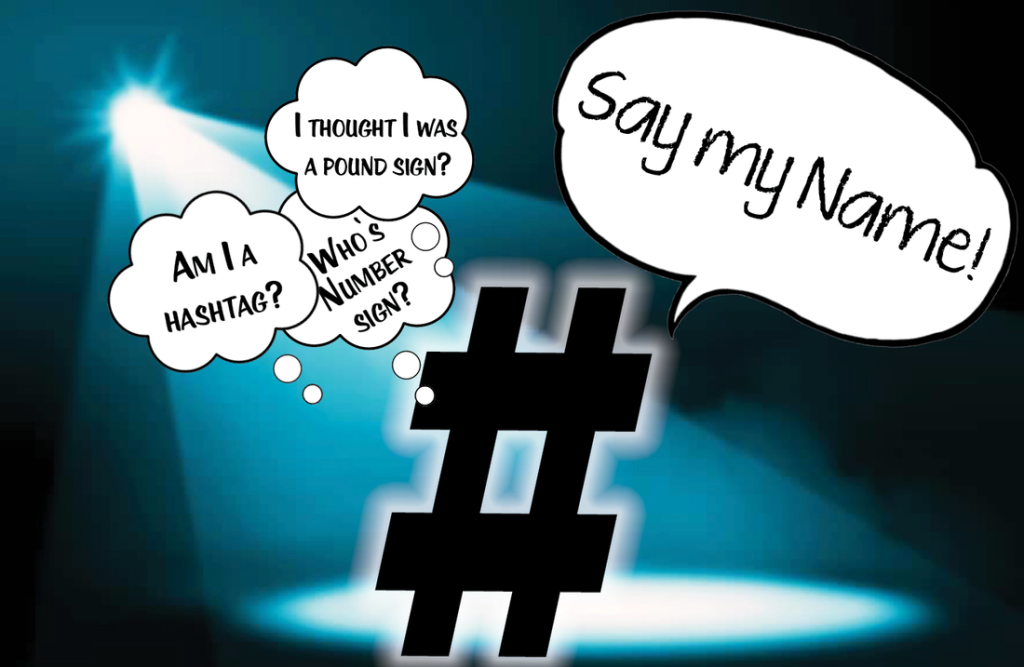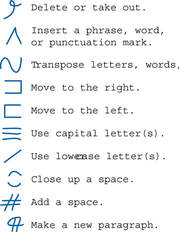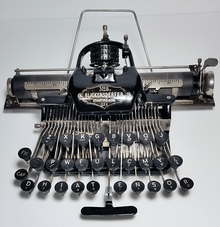
Those of a certain age will remember when the symbol on a computer keyboard sharing real estate with the number 3 key was called a pound sign. (Even that term is a North American derivation of the more universal number sign.)
Then came the rise of social media and the symbol’s appropriation by digital natives to use as an indexing tool, which they summarily repackaged as the now-ubiquitous hashtag.
This cute little symbol with its updated name has become so pervasive within the last decade that the use of its name in the course of conversation connotes something which, if in print, would be seen in bold or italics.
Example: “Stopped in traffic, the driver next to me totally caught me picking my nose, ‘hashtag: busted.’”
Many old-school journalists will remember when it was common to add treble pound signs to the bottom of an article indicating to wire services the article ended, ensuring no copy inadvertently missing. (The alternative was to type – 30 – … a blog for another time.)Nowadays, it’s unlikely any person born after 1980 would even think to call it a pound sign or risk being called a “boomer,” even if, technically, you’re really a Gen X-er. (Does Gen. Z even differentiate between the two?)
Back to the hashtag.
The symbol actually has an interesting origin story. According to an article in Scientific American, the first known appearance of anything like this symbol appears about 39,000 years ago discovered in caves inhabited by Neanderthals; Hashtage: wall art.

Proofreading Mark

Referring back to when I mentioned that journalists insert the treble pound at the end of the story, the oldest continuous use of the symbol is as a proofreading marker. In the printing process, after a page of copy has been laid on the page (once by typesetting, now by desktop computing), a proof page is printed and then checked for errors.
There are a standard set of notations for marking these errors for correction, and the # symbol is used as an indicator to denote where a space is missing.
This symbol has been in continuous use for that purpose since at least the 15th Century.

Number Character
According to historians, the reference for the symbol being ascribed as meaning number dates back to an 1853 treatise on bookkeeping by a New Englander named S.W. Crittendon; its double meaning is also described in a business textbook from 1880 by Charles P. Duff.
A typewriter manual from circa 1896 for the Blickensderfer Model 5 appears to refer to the symbol as the number mark. A 1917 typewriter manual, according to a 2013 article in The New Yorker, was the first known reference of distinguishing the nomenclature between two uses of the sign: number (written before a figure); and pounds (written after a figure).
The author goes on to explain the use of the phrase pound sign in the U.S. is found in documents dating back to 1932.
Hashtag
Across the pond, our friends in the U.K. and Ireland generally call the symbol a hash, which seems like a reasonable conclusion as to why it is now referred to as a hashtag since the purpose of the symbol on social media is to give a tag to any word following it. Plus, Twitter refers to it as “the hashtag symbol.” Hashtag: indexing. There you have it, folks, slightly more than 580 words on a little cross-hatched symbol that has helped transform the world. Hashtag: outstanding!
